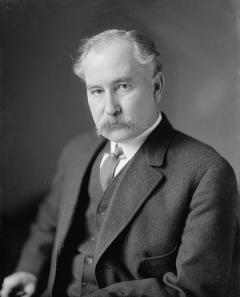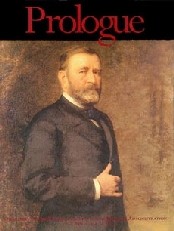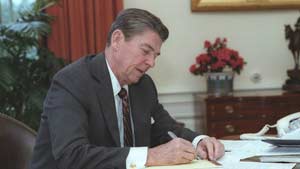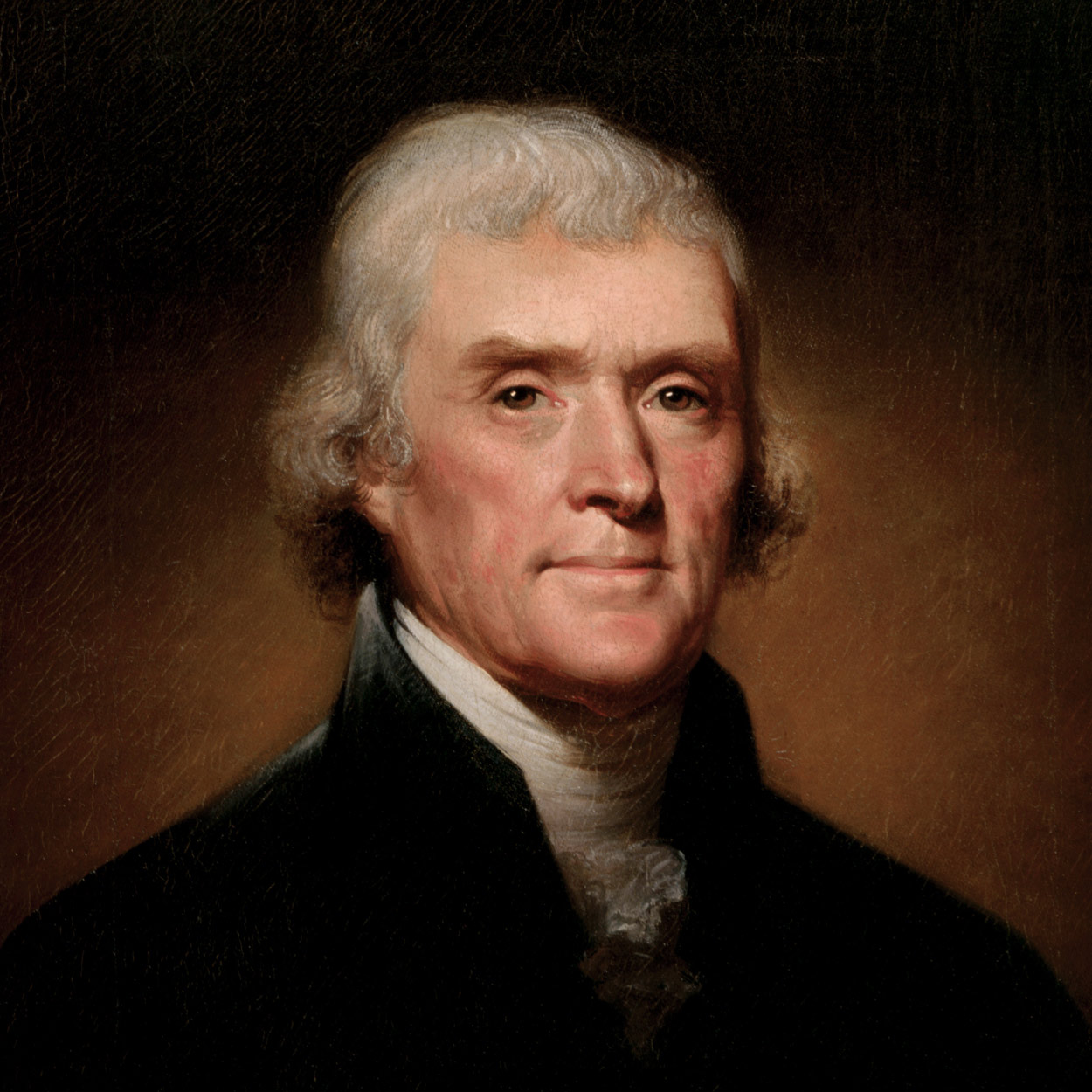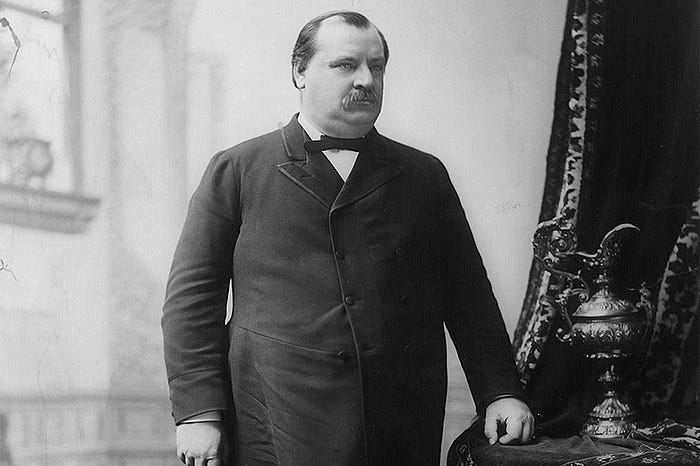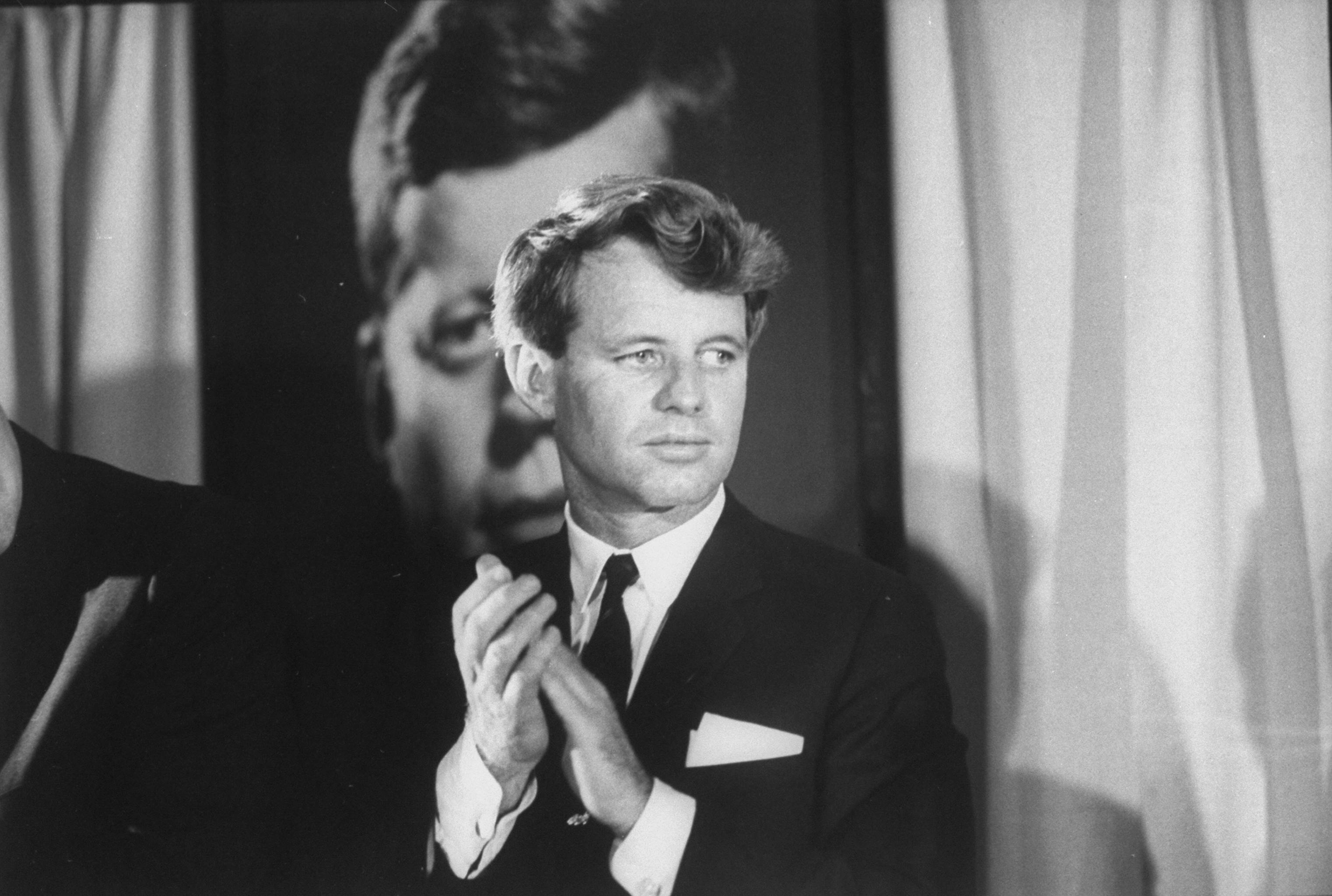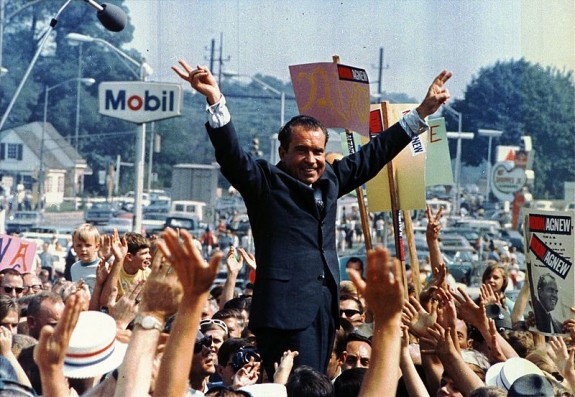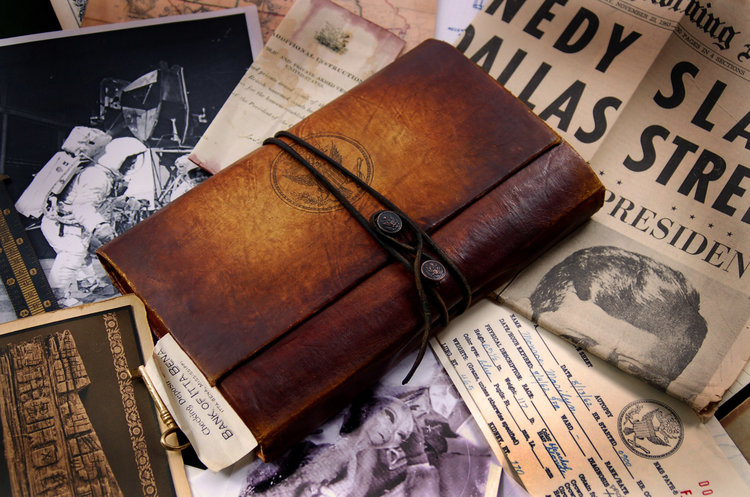Part
01
of four
Part
01
What were the craziest scandals involving US presidents?
Key Takeaways
- The Teapot Dome Scandal caused a shock wave across America in the 1920s due to the level of greed and corruption seen within the federal government. The investigation would see Albert Fall become the first former Cabinet officer to be sent to prison.
- The Whiskey Ring took place between 1871 and 1875, during the presidency of Ulysses S. Grant. The scandal involved whiskey distillers and distributors bribing high-level officials in the US Government to avoid paying federal taxes on liquor.
- The Iran Contra Affair involved a secret arms deal with Iran, and subsequent funds being secretly sent to the Contra insurgency in Nicaragua.
- Thomas Jefferson was one of the founding fathers, the principal author of the Declaration of Independence, and the 3rd president of the United States. He fathered at least one child with his slave Sally Hemings.
- President Grover Cleveland is the only American president to serve two non-consecutive terms in office. However, his win came after he managed to bury a sex scandal.
Introduction
A list of the five craziest scandals involving US presidents has been compiled by combing through reputable sources that include lists of between five and ten scandals. The craziest scandals are the Teapot Dome, the Whiskey Ring, the Iran Contra Affair, Thomas Jefferson and Sally Hemings, and the Halpin scandal. The scandals include financial corruption, affairs, bribery, foreign policies, and sexual assault.
The Teapot Dome
- The Teapot Dome Scandal caused a shock wave across America in the 1920s due to the level of greed and corruption within the federal government. An investigation by the Senate began in April 1922. Albert Fall, a former Secretary of the Interior, was charged with taking bribes from private oil companies for drilling rights on federal lands.
- The scandal is named after the teapot-shaped outcrop in Wyoming, known as the Teapot Dome. The U.S. Navy had asked for this land, and land in California to be put aside to keep the oil reserves for its needs. In 1920, Warren G. Harding had won the presidency with the financial backing of wealthy oil donors. After appointing Albert Fall to the role of Secretary of the Interior, Harding was convinced to transfer the petroleum reserves from the Navy to his Interior Department.
- Secret negotiations took place and two oil company won the drilling rights, Mammoth Oil Company, and Pan-American Petroleum Company, owned by friend's of Albert Fall. The deal included $404,000 in payments and gifts to Albert Fall. On April 14th 1922, The Wall Street Journal published an article exposing the deal, which lead to the six-year senate investigation.
- The investigation would see Albert Fall become the first former Cabinet officer to be sent to prison. While he was the master mind behind the deal, Harding had personally approved the lease of the oil reserves. However, it is not known if he knew exactly what he was approving.
- President Harding's involvement in the scandal remains unknown. There is speculation that he was to embark on a cruise aboard the yacht owned by Harry Sinclair, the owner of Mammoth Oil Company. However, in August 1923 Harding died, before the investigation was completed, likely escaping impeachment.
The Whiskey Ring
- The Whiskey Ring took place between 1871 and 1875, during the presidency of Ulysses S. Grant. The scandal involved whiskey distillers and distributors bribing high-level officials in the US Government to avoid paying federal taxes on liquor.
- The investigation into the scandal discovered that the high-level officials had been stealing the liquor taxes that should have been paid to the government. In total, 110 officials were discovered to have been involved, and $3 million in liquor taxes was recovered.
- Grant was the first president to appoint, and fire a special prosecutor, and testify as a defense witness in a criminal trial. There were allegations that the Republican Party had used the stolen taxes to fund Grant's re-election campaign. While Grant was never implicated, his private secretary, Orville E. Babcock was. Grant testified in his defense and he was acquitted.
- President Grant was a Civil War hero, and was highly regarded before the scandal. Although he was never accused of having knowledge of the scandal, his reputation was tarnished. The scandal also led to public weariness of politics, and the end to the Reconstruction Era.
Iran Contra Affair
- The Iran Contra Affair is also known as “The Iran-Contra Scandal” and “Irangate." Ronald Reagan had promised to assist anti-Communist insurgencies around the world in his “Reagan Doctrine”.
- The Boland Amendment restricted the activities of the Central Intelligence Agency and Department of Defense in foreign conflicts. The amendment was specifically aimed at Nicaragua, due to the ongoing struggle between the communist Sandinista government, and anti-communist Contras.
- At the time of the scandal the US had a trade embargo with Iran, due to the Iran Hostage Crisis, where 52 Americans were being held hostage. In 1985, Ronald Regan was approached by MacFarlane, who had been contacted by Iran to purchase weapons from the United States for its war against neighboring Iraq.
- While many around Reagan encouraged him to ignore the deal, MacFarlane argued that it would help negotiate the release of the hostages and improve relations with Lebanon. The deal would also allow for secret funds to be used by the CIA to send to the Contra insurgency in Nicaragua.
- In 1986, Al-Shiraa, a Lebanese newspaper, reported the secret arms deal, by which time 1,500 American missiles had been exchanged for $30 million. Ronald Reagan initially denied the allegations that he approved the deal, retracting his statement a week later.
- An investigation by Attorney General Edwin Meese, found $18 million of the $30 million paid by Iran was unaccounted for. This was when it came out that the money had been sent to the Contras in Nicaragua, who used them to purchase weapons.
- In 1987, a subsequent Congressional investigation was televised and included testimonies from Reagan. He was never charged for any part in the scandal, but 11 others were. Despite breaking his promise to never negotiate with terrorists, Reagan left office as a popular president.
Thomas Jefferson and Sally Hemings
- Thomas Jefferson was one of the founding fathers, the principal author of the Declaration of Independence, and the 3rd president of the United States. Despite being one of the fathers of independence he owned over 600 slaves during his lifetime.
- One of the slaves was Sally Hemings, a slave that came from an inheritance from his marriage to his first wife, Martha. Sally worked for Jefferson during his time in Paris, and was at that time free. She however, returned to Monticello as slave with special privileges, and with the promise that any children she would have would be freed from slavery.
- During Jefferson's first term as presidency rumors began to swirl that he was the father of Sally Heming's children. In September 1802, political journalist James T. Callender published an article stating that Jefferson was having a sexual relationship with a slave named Sally. Jefferson made no private or public comments on the matter. However, his daughter denied the reports.
- Jefferson kept his promise and freed Sally Heming's children from slavery. These were the only slaves he granted freedom to.
- The reports of the affair were discussed throughout history, with some disregarding the rumors. In 1998, a DNA test was conducted by the scientific journal Nature, on descendants of Jefferson and Hemings' child. The test proved that Jefferson fathered at least one of Hemings' children.
- Due to the uncertainties at the time about Jefferson's relationship with Hemings his presidency was not impacted by the scandal. His presidency saw a reduction in federal debt, and he would go on to found the University of Virginia.
The Halpin Scandal
- President Grover Cleveland is the only American president to serve two non-consecutive terms in office. However, his win came after he managed to bury a sex scandal.
- Grover Cleveland was courting Maria Halpin in 1973. In an affidavit she reported a violent sexual assault by Cleveland, which left her pregnant. On September 14, 1874, her son, Oscar Folsom Cleveland was born.
- Cleveland arranged for the child to be removed from Maria, and she was forcibly entered into the Providence Lunatic Asylum. Oscar was placed in the Buffalo Orphan Asylum. Maria was soon released, when the facility's medical director determined that she was not insane, and had been sent there due to an abuse of political power.
- During his campaign for presidency, his team created a smear campaign against Maria, when it became public knowledge that he had an illegitimate son. Cleveland's officials portrayed Maria as a woman who drank to excess and was intimate with multiple men. Oscar was adopted and disappeared from the public record.
- Eventually, Cleveland would admit to being the child's father, but not to the circumstances around his conception. He would go on to serve two non-consecutive terms as the US president.
Research Strategy
To identify five of the craziest scandals involving US presidents we combed through reputable sources that include lists of between five and ten scandals. The lists were published by Daily History, History.co.uk, US News, and World Atlas. From there we determined which scandals were listed on multiple lists, to find the ones that would be seen as the craziest.
